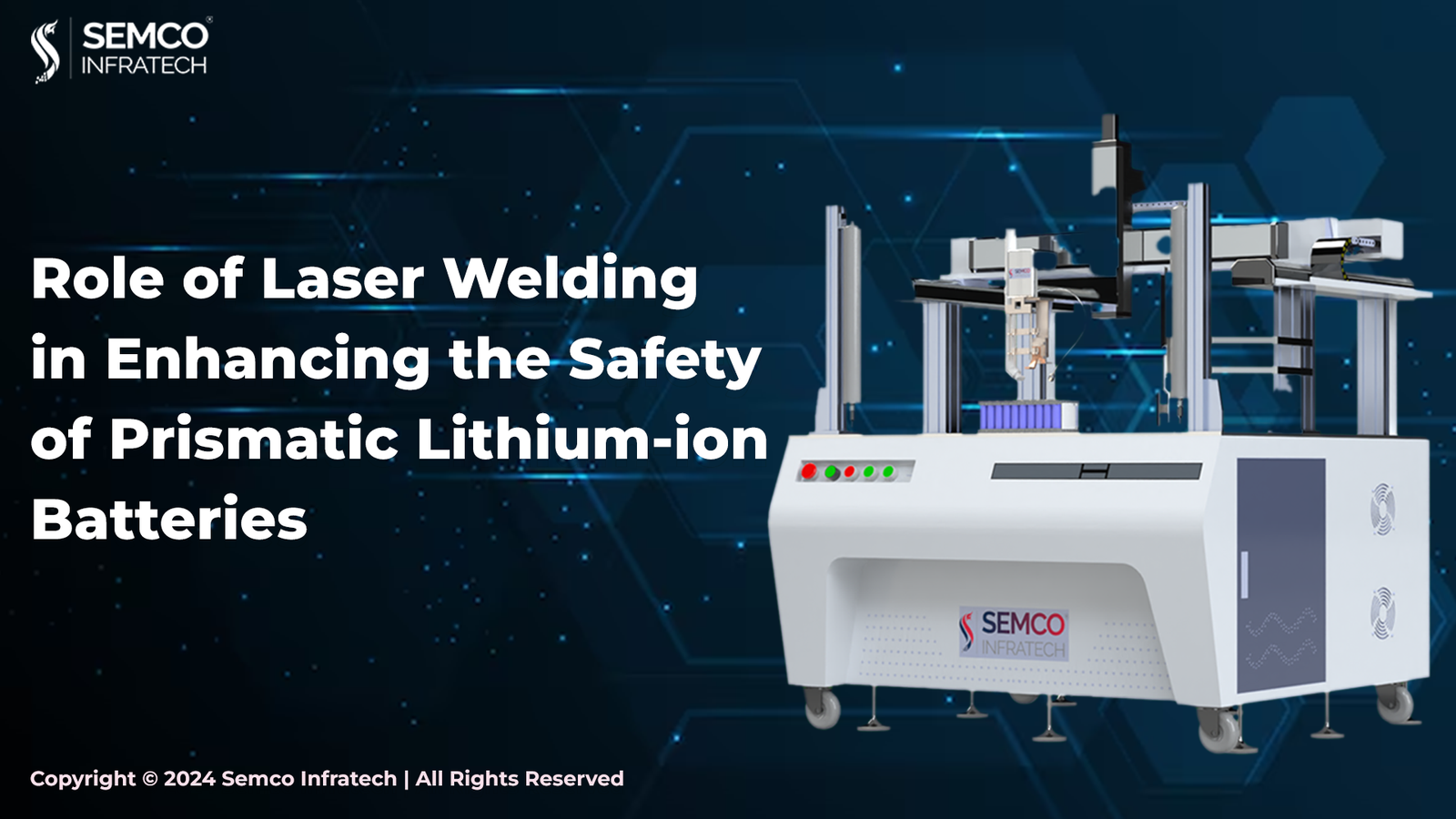In the ever-changing world of technology, dual-beam laser welding is a key player, blending precision and efficiency in manufacturing. This advanced technology uses two separate laser beams and is transforming welding in different industries.
Let’s explore the detailed realm of dual-beam laser welding, including its methods, impact on welding quality, and wide range of applications.
I. Unveiling Dual-Beam Laser Welding
A. Implementation Methods
Dual-beam laser welding splits a laser into two beams using optical methods or different types of lasers, like CO2, Nd: YAG, and high-power semiconductor lasers. The goal is to improve assembly accuracy, stabilize the welding process, and enhance weld quality. The implementation of dual-beam welding includes two main methods: transmission focusing and reflection focusing. Adjusting angles through focusing mirrors, and collimators, and using solid-state lasers are techniques that contribute to the versatile implementation of dual-beam welding.
B. Welding Principle and Method
Dual-beam laser welding brings flexibility to adjusting welding temperature fields, beam spacing, and energy distribution modes. This adaptability allows for changes in the keyhole’s existence mode and the flow of liquid metal in the melting pool. The three common beam layout methods—serial, parallel, and hybrid—further expand the possibilities, creating distinct states such as single molten pool, shared molten pool, and separated molten pool. Each state has unique characteristics that affect the welding process’s outcomes.
II. Impact of Welding Process on Quality
A. Serial Beam-Energy Ratio
The beam-energy ratio has a big impact on weld formation. By adjusting the ratio, it’s possible to control the depth of the weld and reduce defects. Specific beam-energy ratios result in even welds, fewer thermal cracks, and improved microstructure performance, particularly in high-carbon steel and alloy steel.
B. Serial Beam Spacing
In serial welding, beam spacing is vital for surface forming. The right spacing ensures smoother and more visually appealing welds. The spacing choice also affects cross-sectional forming, influencing defects such as porosity.
C. Parallel Beam-Energy Ratio
Parallel dual-beam welding presents a more uniform and beautiful weld surface compared to its serial counterpart. The beam-energy ratio’s variation affects the appearance of the weld, with certain ratios leading to defects like cracks and pores.
D. Parallel Beam Spacing
The spacing between parallel beams influences surface morphology. Optimal beam spacing results in visually appealing welds with minimal defects, emphasizing the importance of careful parameter selection.
III. Application Examples
A. Stitching Board
Dual-beam laser welding finds application in stitching boards, particularly in the automotive industry. By optimizing beam energy ratios and spacing, the width of the weld can be controlled effectively.
B. Aluminum and Steel Heterogeneous Metal
Research on aluminum and steel heterogeneous metal joints reveals that dual-beam laser welding reduces the thickness of intermetallic compounds, enhancing the overall welding quality.
C. Aluminum-Lithium Alloy T-Type Connector
Exploring the mechanical properties of aluminum-lithium alloy laser welding joints demonstrates the technology’s impact on microhardness, tensile properties, and fatigue properties.
IV. Dual-Beam Laser Powder Cladding Welding
A. High Firmness of Solder Joint
The use of dual-beam laser powder fusion welding enhances the firmness of solder joints. The larger fusion area obtained by interacting with two molten pools results in elongated
and robust solder joints.
B. High Weldability and Repeatability
Compared to single-beam laser welding, the dual-beam method reduces the stringent requirements on process parameters for fine bridge wires. This improvement enhances weldability and repeatability.
V. Conclusion
As we observe the dynamic dual-beam laser welding technology, its profound and versatile impact becomes clear. From shaping the future of manufacturing to influencing weld quality across materials, this technology leads the 21st-century manufacturing revolution. The precision, adaptability, and efficiency of dual-beam laser welding are reshaping our understanding of what’s possible in welding technology.






